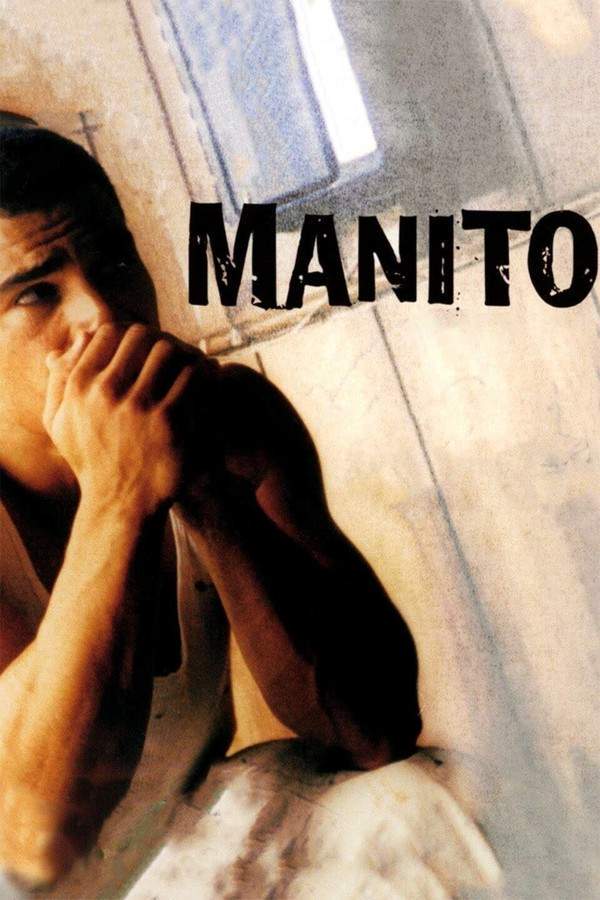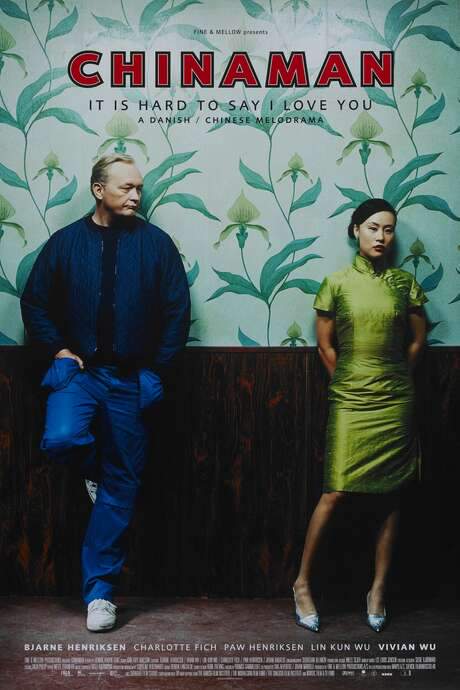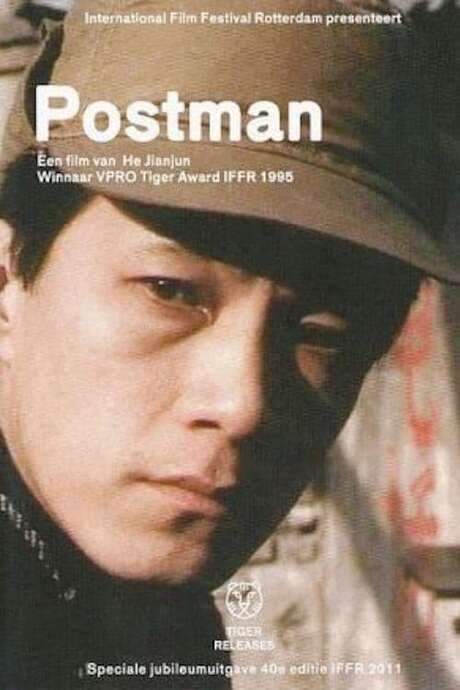
Mano Po
Year: 2002
Runtime: 110 mins
Language: Tagalog
Director: Joel Lamangan
During the 1949 Chinese Revolution, Chinese copra trader Fong‑Huan marries Filipino Elisa. Their children, Daniel and Linda, are raised amid Chinese and Filipino‑Hispanic traditions. Their descendants form a dysfunctional third‑generation family, and the daughters narrate their own tales of joy, struggle and complex realities of Filipino‑Chinese life.
Warning: spoilers below!
Haven’t seen Mano Po yet? This summary contains major spoilers. Bookmark the page, watch the movie, and come back for the full breakdown. If you're ready, scroll on and relive the story!
Timeline & Setting – Mano Po (2002)
Explore the full timeline and setting of Mano Po (2002). Follow every major event in chronological order and see how the environment shapes the story, characters, and dramatic tension.
Last Updated: October 05, 2025 at 08:23
Main Characters – Mano Po (2002)
Meet the key characters of Mano Po (2002), with detailed profiles, motivations, and roles in the plot. Understand their emotional journeys and what they reveal about the film’s deeper themes.
Last Updated: October 05, 2025 at 08:23
Major Themes – Mano Po (2002)
Explore the central themes of Mano Po (2002), from psychological, social, and emotional dimensions to philosophical messages. Understand what the film is really saying beneath the surface.
Last Updated: October 05, 2025 at 08:23
Unlock the Full Story of Mano Po
Don't stop at just watching — explore Mano Po in full detail. From the complete plot summary and scene-by-scene timeline to character breakdowns, thematic analysis, and a deep dive into the ending — every page helps you truly understand what Mano Po is all about. Plus, discover what's next after the movie.
Mano Po Summary
Read a complete plot summary of Mano Po, including all key story points, character arcs, and turning points. This in-depth recap is ideal for understanding the narrative structure or reviewing what happened in the movie.

Mano Po Timeline
Track the full timeline of Mano Po with every major event arranged chronologically. Perfect for decoding non-linear storytelling, flashbacks, or parallel narratives with a clear scene-by-scene breakdown.

Similar Movies to Mano Po
Discover movies like Mano Po that share similar genres, themes, and storytelling elements. Whether you’re drawn to the atmosphere, character arcs, or plot structure, these curated recommendations will help you explore more films you’ll love.
Explore More About Movie Mano Po
Mano Po (2002) Plot Summary & Movie Recap
Mano Po (2002) Scene-by-Scene Movie Timeline
Mano Po (2002) Spoiler-Free Summary & Key Flow
Movies Like Mano Po – Similar Titles You’ll Enjoy
Manito (2003) Ending Explained & Film Insights
Mano Po 2: My Home (2003) Full Summary & Key Details
Manay Po! (2006) Film Overview & Timeline
Fujian Blue (2007) Ending Explained & Film Insights
The Man from Island West (1990) Film Overview & Timeline
Chinaman (2005) Complete Plot Breakdown
Mano Po 4: Ako Legal Wife (2005) Movie Recap & Themes
Maging Sino Ka Man (1991) Full Summary & Key Details
My Family (1986) Story Summary & Characters
My Man and I (1952) Complete Plot Breakdown
Postman (1995) Complete Plot Breakdown
Mr. Wu (1927) Ending Explained & Film Insights
To Live (1994) Film Overview & Timeline
Three, Two, One (1974) Complete Plot Breakdown
Bahay Kubo: A Pinoy Mano Po! (2007) Story Summary & Characters

















